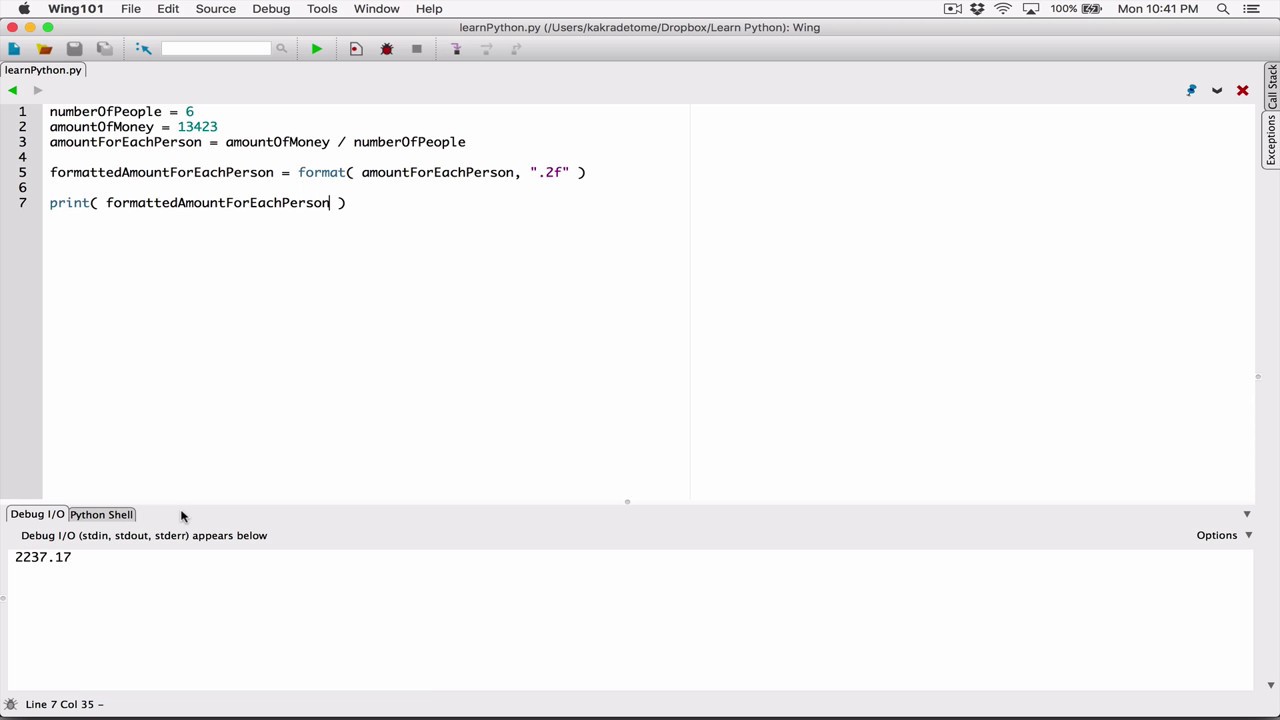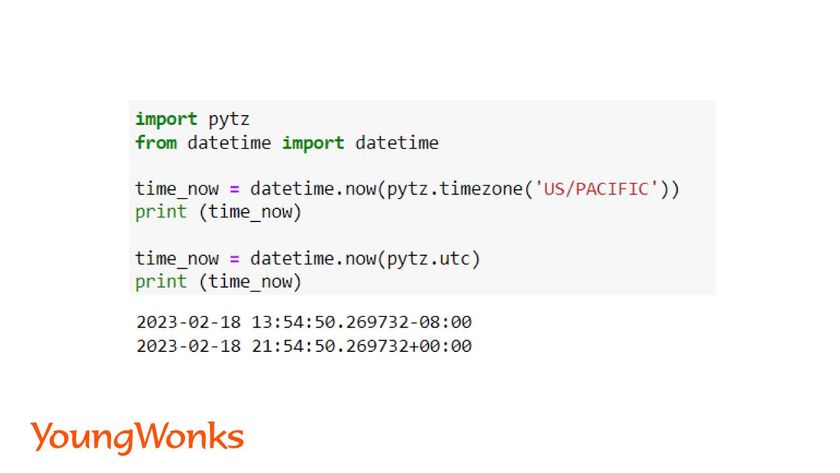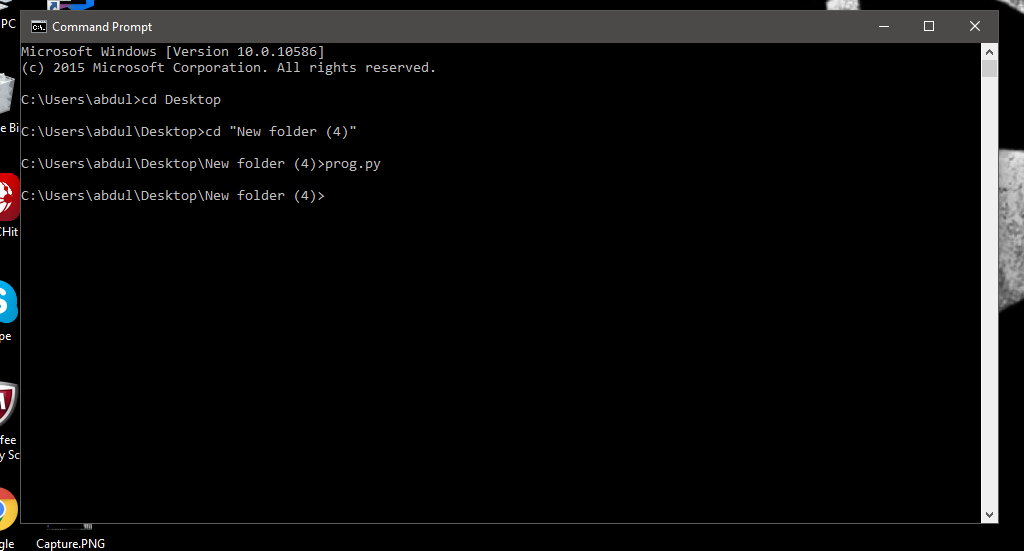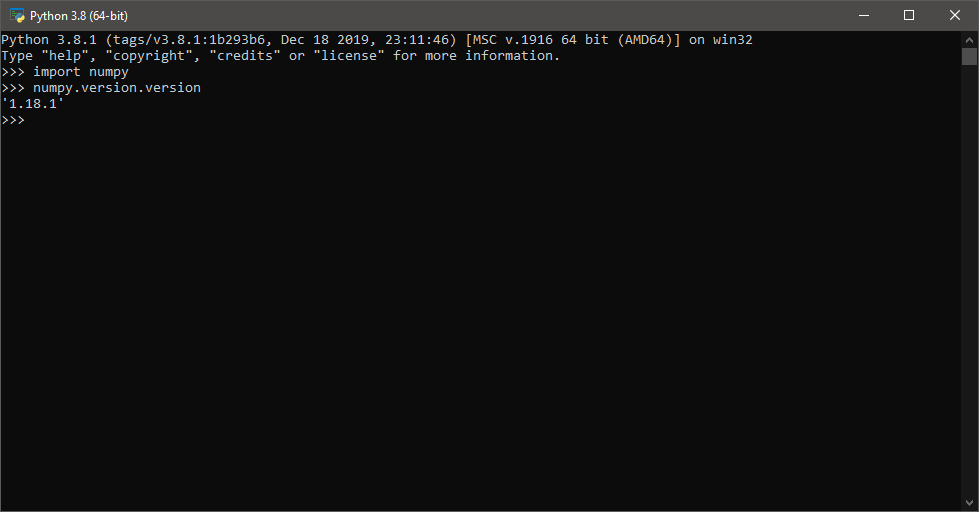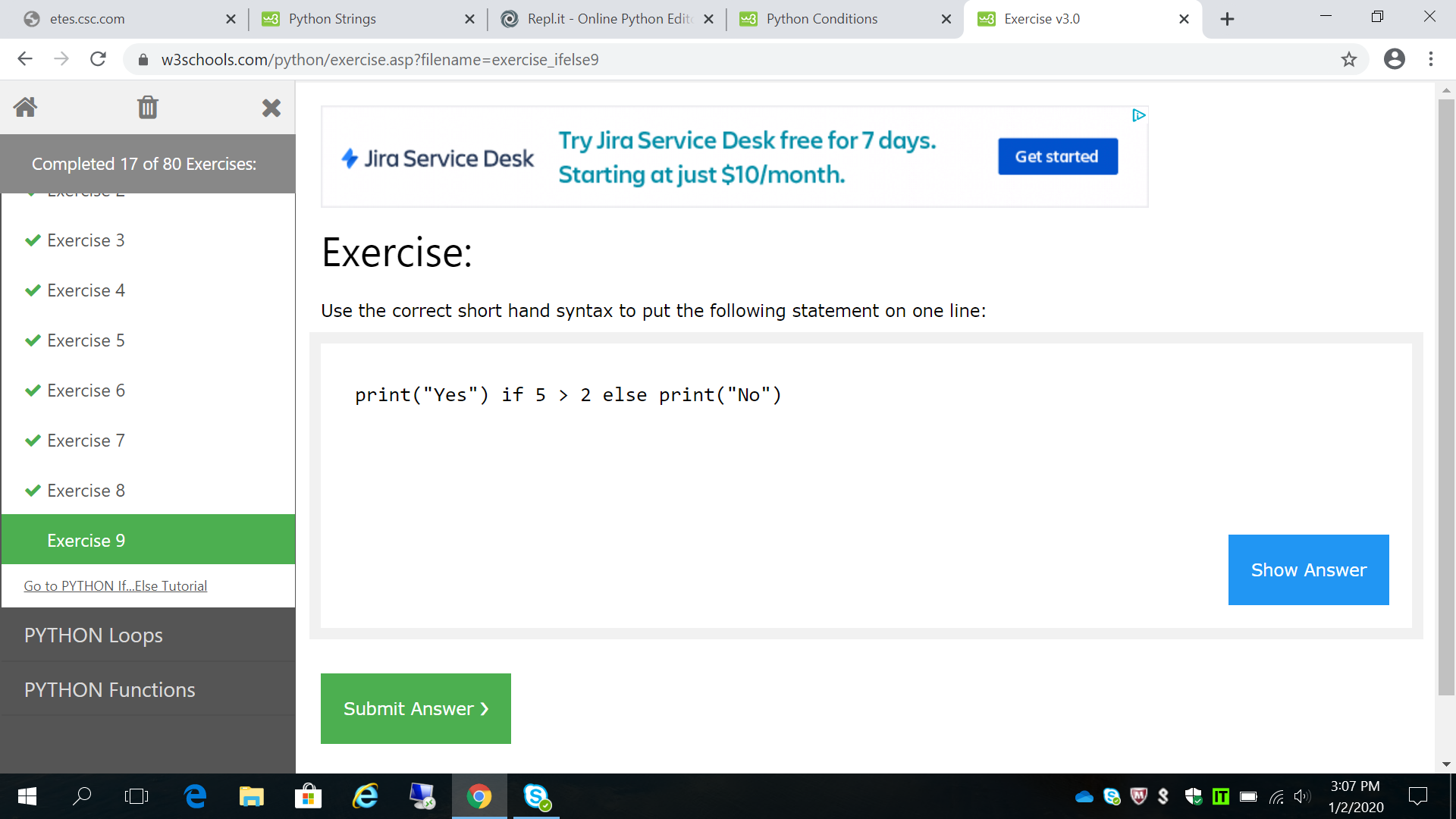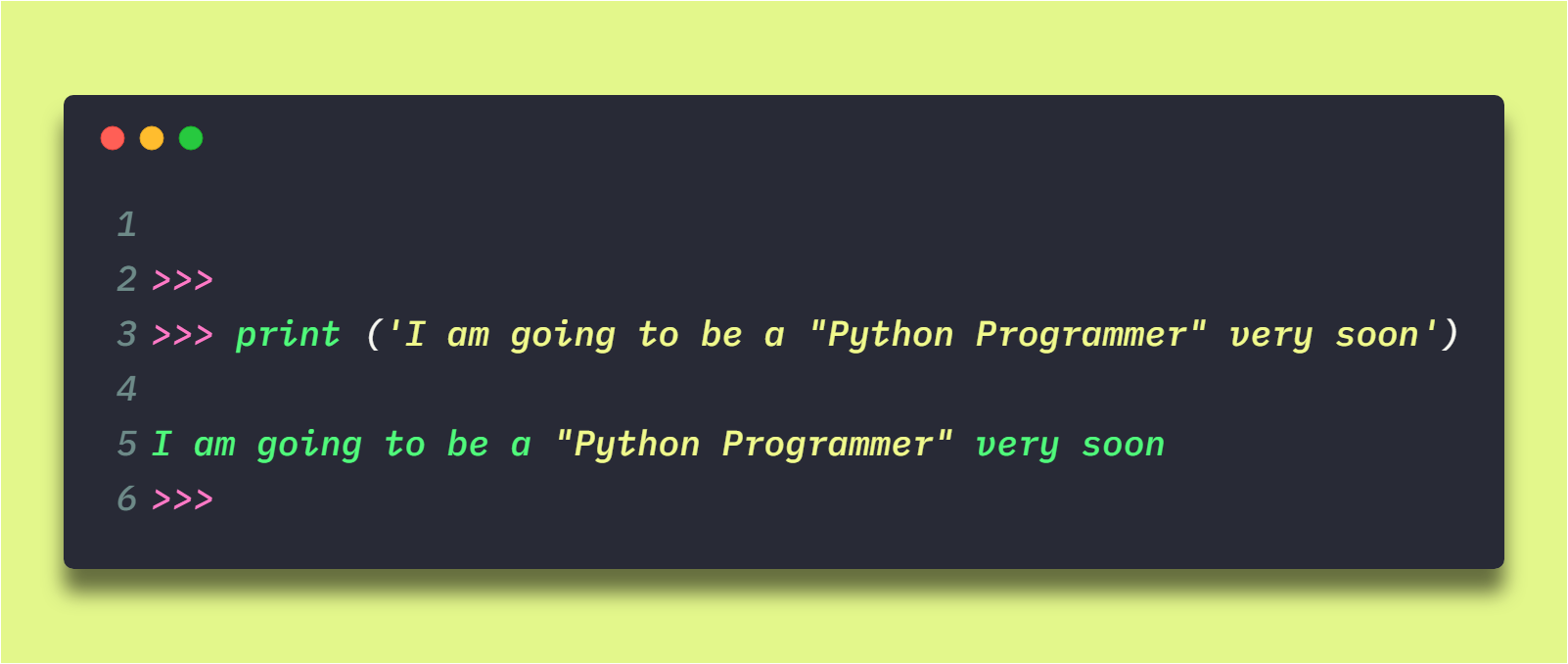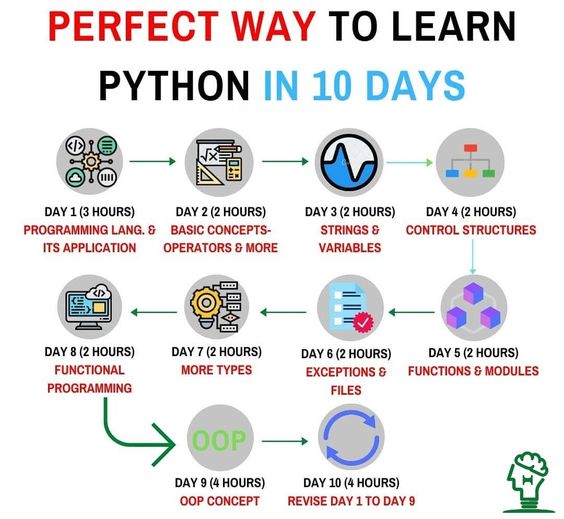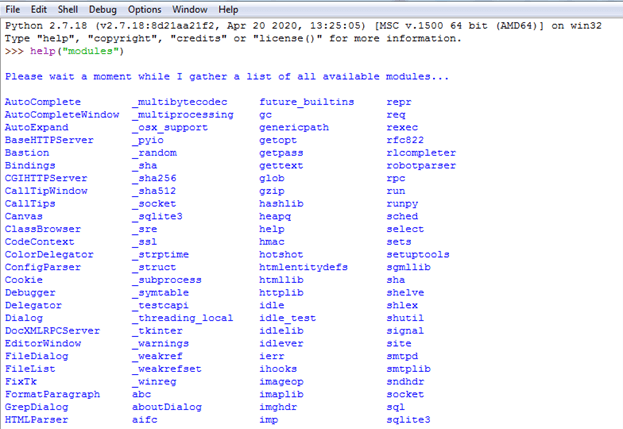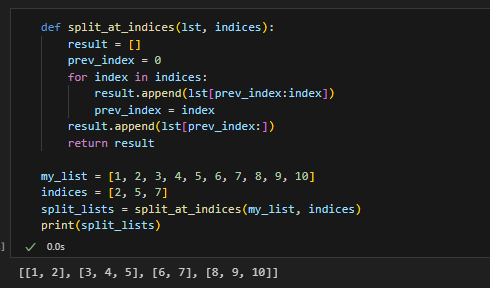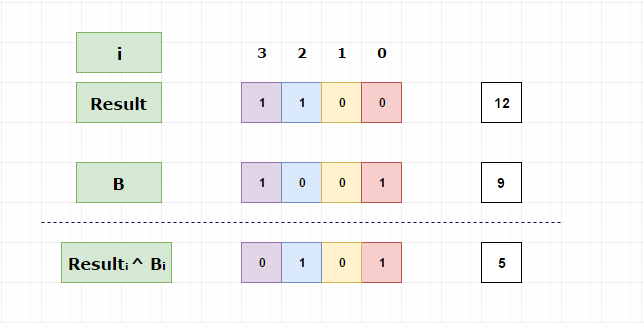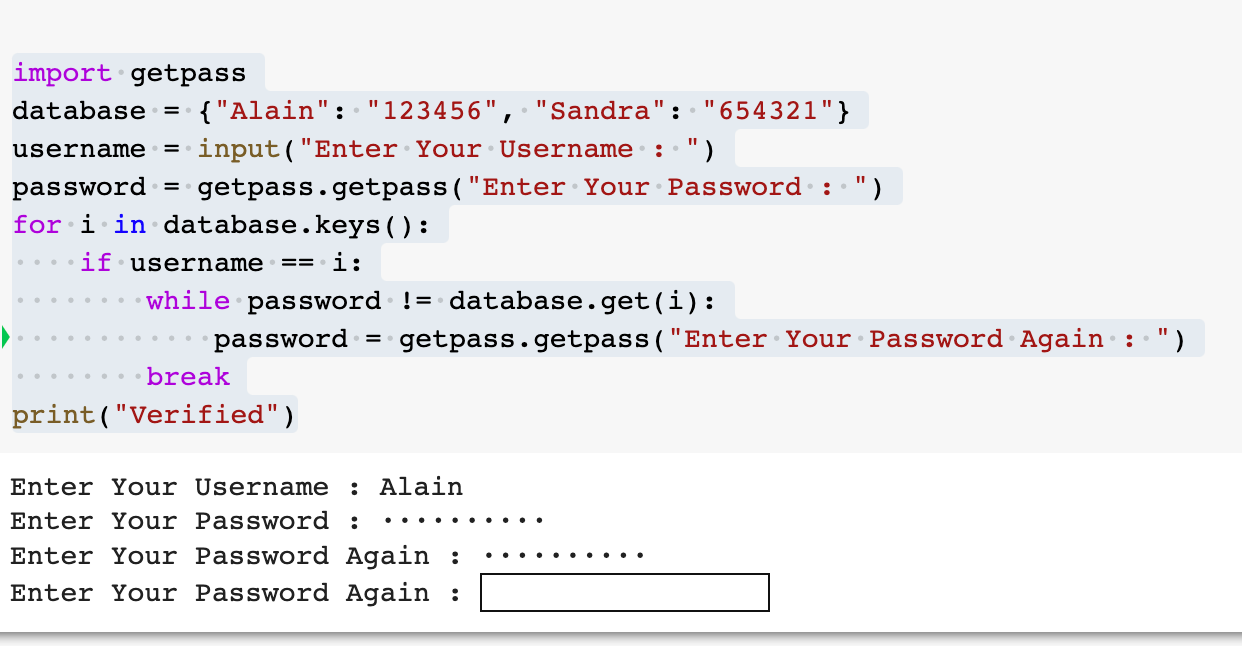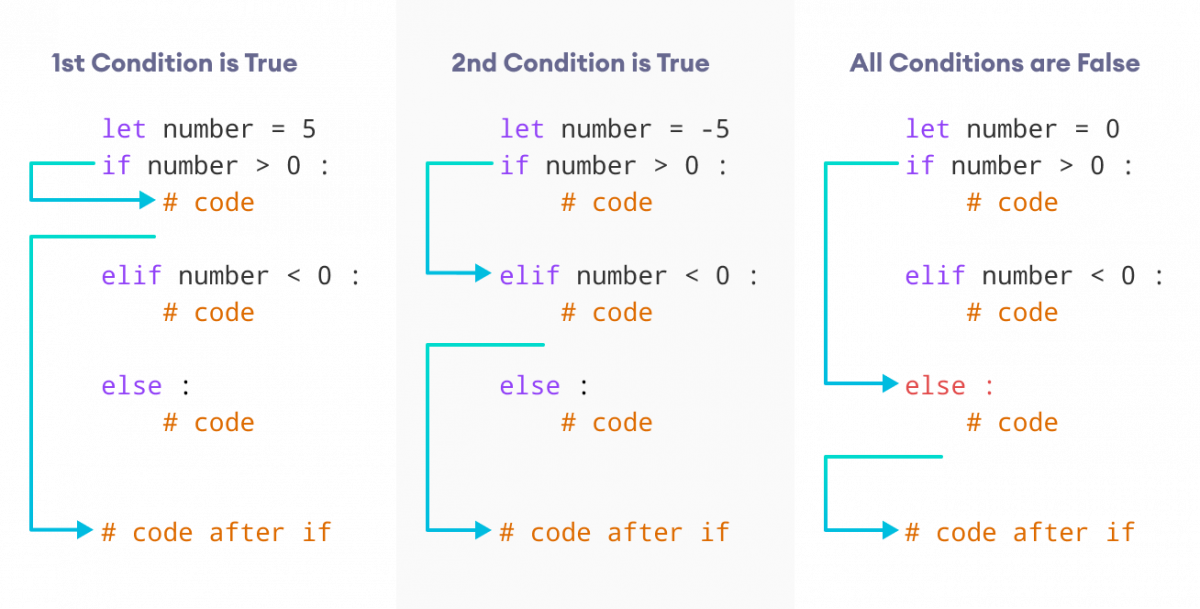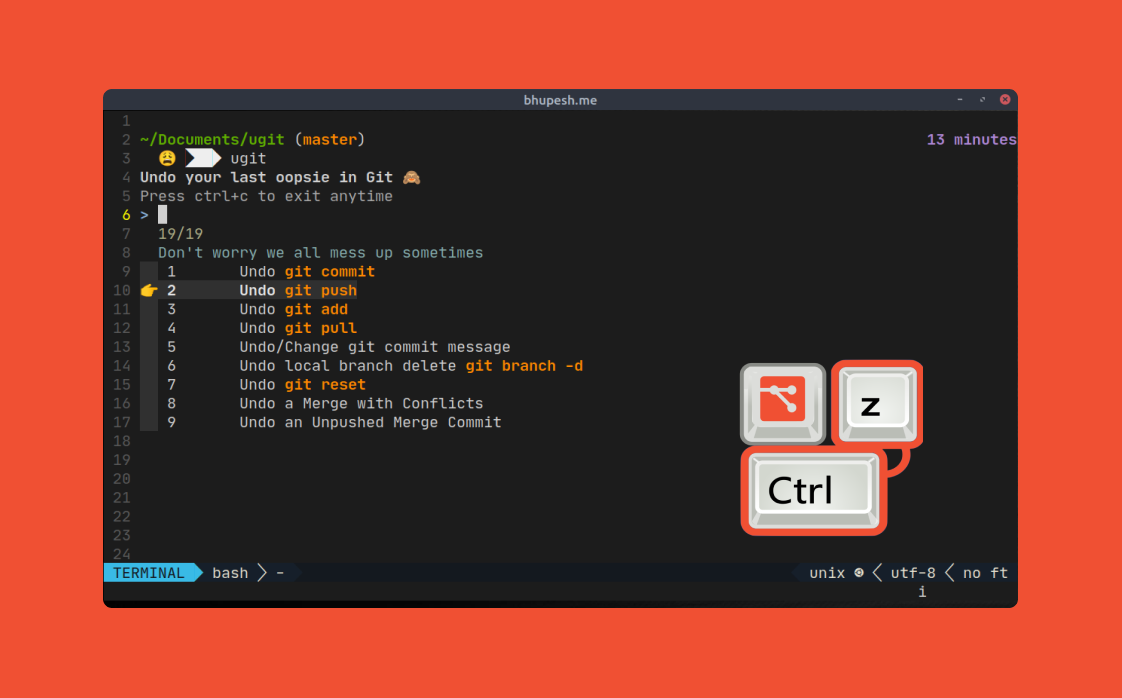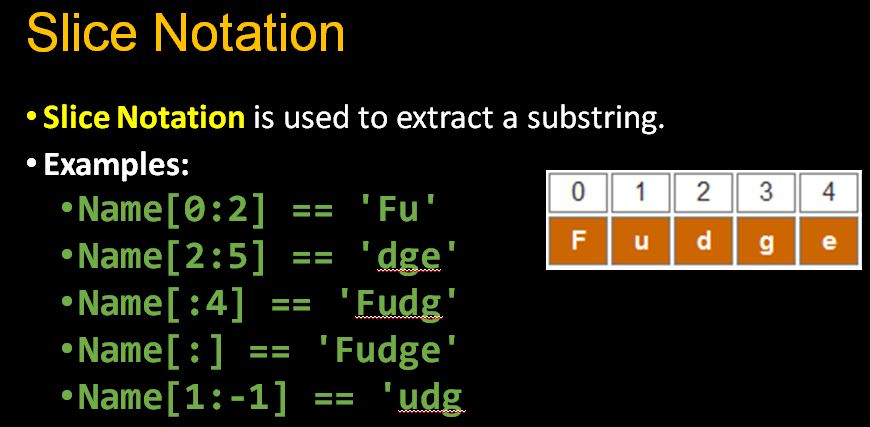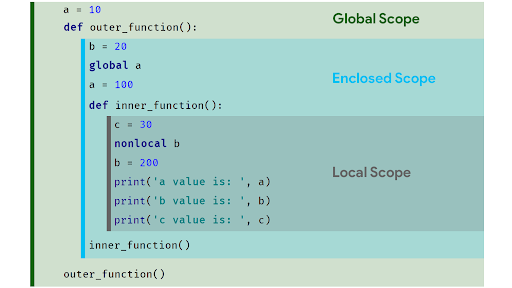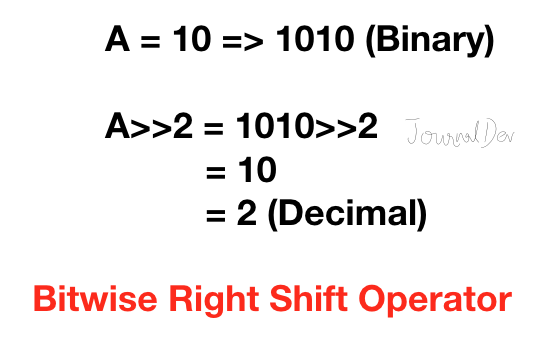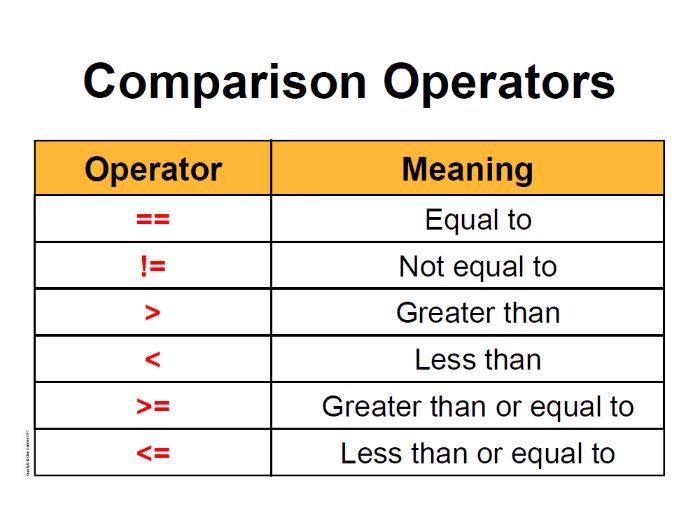How do I join a list of strings without separator in Python?
How do I join a list of strings without separator in Python?

I'm happy to help you with your question!
Joining a list of strings without a separator in Python is a common task, and there are a few ways to achieve it. Here are some approaches:
Method 1: Using the join() function
The most straightforward way to join a list of strings without a separator is by using the join() function. This method is specific to strings and expects all elements in the list to be strings.
Here's an example:
my_list = ['Hello', 'World', 'Python']
result = ''.join(my_list)
print(result) # Output: HelloWorldPython
The join() function takes a string (the separator) and concatenates all elements in the list using that separator. In this case, since we don't want any separators, we use an empty string ('').
Method 2: Using a list comprehension with ''.join(...)
Another approach is to use a list comprehension with the join() function. This method creates a new list containing the joined strings and then joins that list using the join() function.
Here's an example:
my_list = ['Hello', 'World', 'Python']
result = ''.join([str(x) for x in my_list])
print(result) # Output: HelloWorldPython
This method works similarly to the previous one, but it creates a new list comprehension first and then joins that list.
Method 3: Using the reduce() function from the functools module
The reduce() function is part of the functools module and can be used to concatenate all elements in a list. This method works for any type of iterable (not just strings).
Here's an example:
import functools
my_list = ['Hello', 'World', 'Python']
result = functools.reduce(lambda x, y: x + str(y), my_list)
print(result) # Output: HelloWorldPython
This method uses a lambda function to concatenate each element in the list. The reduce() function applies this lambda function to all elements in the list, starting from the first one.
Performance considerations
When it comes to performance, the join() function is generally faster than using a list comprehension or the reduce() function. This is because join() is implemented in C and optimized for performance. The other methods involve more Python-level operations and might be slower for very large lists.
In conclusion, joining a list of strings without a separator in Python can be achieved through several approaches, each with its own trade-offs. The join() function is the most straightforward and efficient method, while list comprehensions and reduce() functions offer more flexibility but may be slightly slower. Choose the method that best fits your needs!
Python list join
I'd be happy to explain how to use the join() method on a Python list!
In Python, when you want to concatenate all elements of a list into a single string, you can use the join() method. This is especially useful when you have a list of strings and you want to create a new string by combining all the individual strings.
The basic syntax for using join() on a list of strings is as follows:
', '.join(my_list)
Where my_list is your actual list of strings. The argument passed to join() should be a string that you want to use to separate each element in the list when they are concatenated together.
For example, if you have a list of colors:
colors = ['red', 'green', 'blue', 'yellow']
You can use join() to create a new string like this:
print(', '.join(colors))
Output: "red, green, blue, yellow"
In this example, the join() method is being used to combine each element in the colors list into a single string, with each color separated by a comma and a space.
You can also use other characters as separators, not just commas. For instance:
print('- '.join(colors))
Output: "red - green - blue - yellow"
In this case, the - character is used to separate each color in the output string.
Now, let's talk about when join() might not be the best choice for concatenating strings. If you're working with a list of non-string elements (like numbers or objects), you'll need to convert those elements into strings before using join(). You can do this using Python's built-in str() function.
For example, if you have a list of integers:
numbers = [1, 2, 3, 4]
You'll need to use the map() function (or a list comprehension) to convert each integer into a string before passing it to join().
print(', '.join(map(str, numbers)))
Output: "1, 2, 3, 4"
In this example, the map() function is used to apply the str() function to each element in the numbers list. The resulting strings are then passed to join() for concatenation.
When using join(), keep in mind that it's not just limited to strings! You can use it with any type of iterable (like lists or tuples) and have Python create a new string by combining all the elements in the iterable, separated by the specified separator string.
I hope this helps you understand how to use join() on a Python list. If you have any more questions or need further clarification, feel free to ask!

